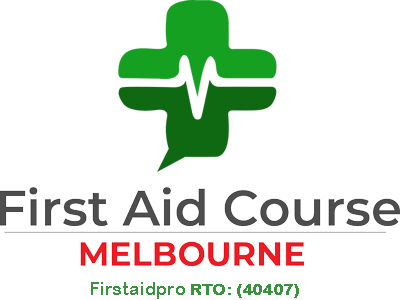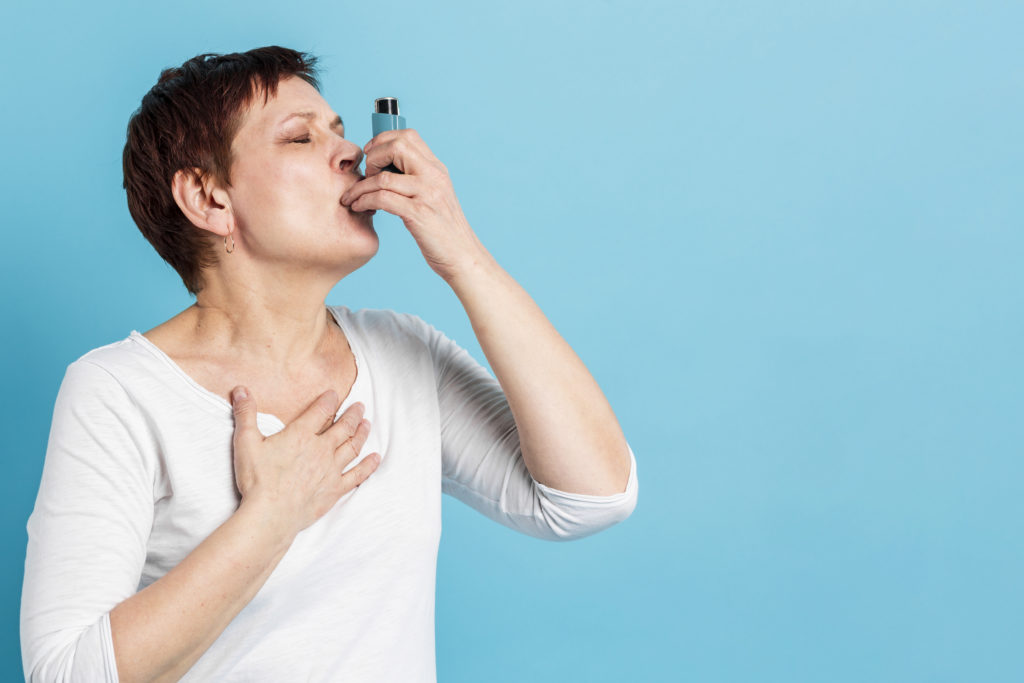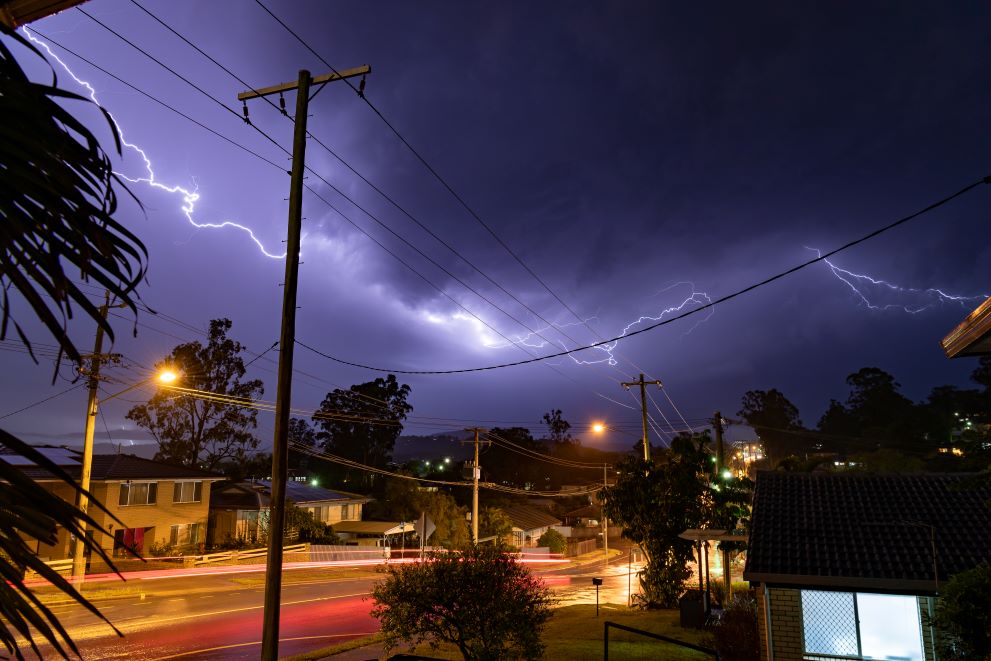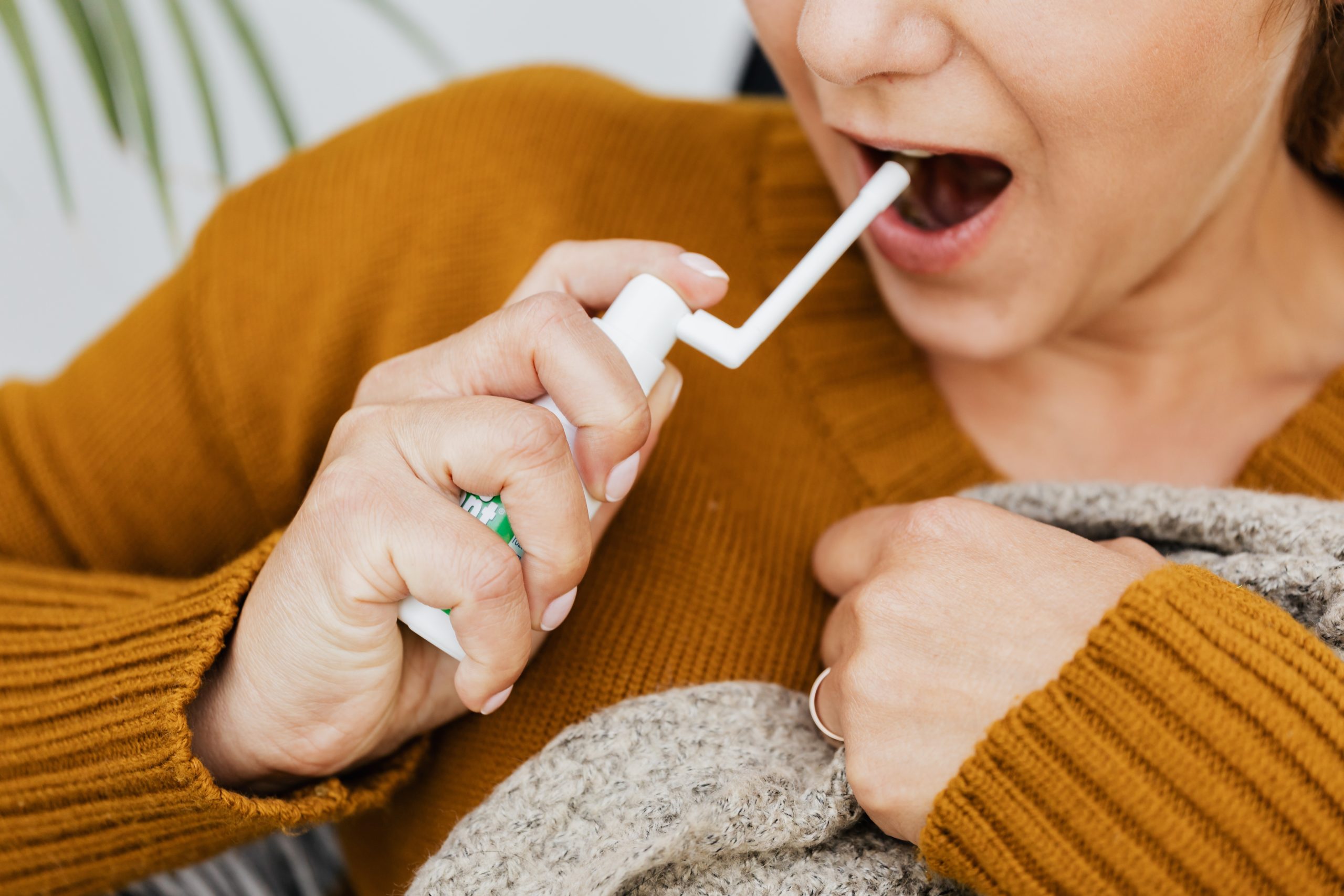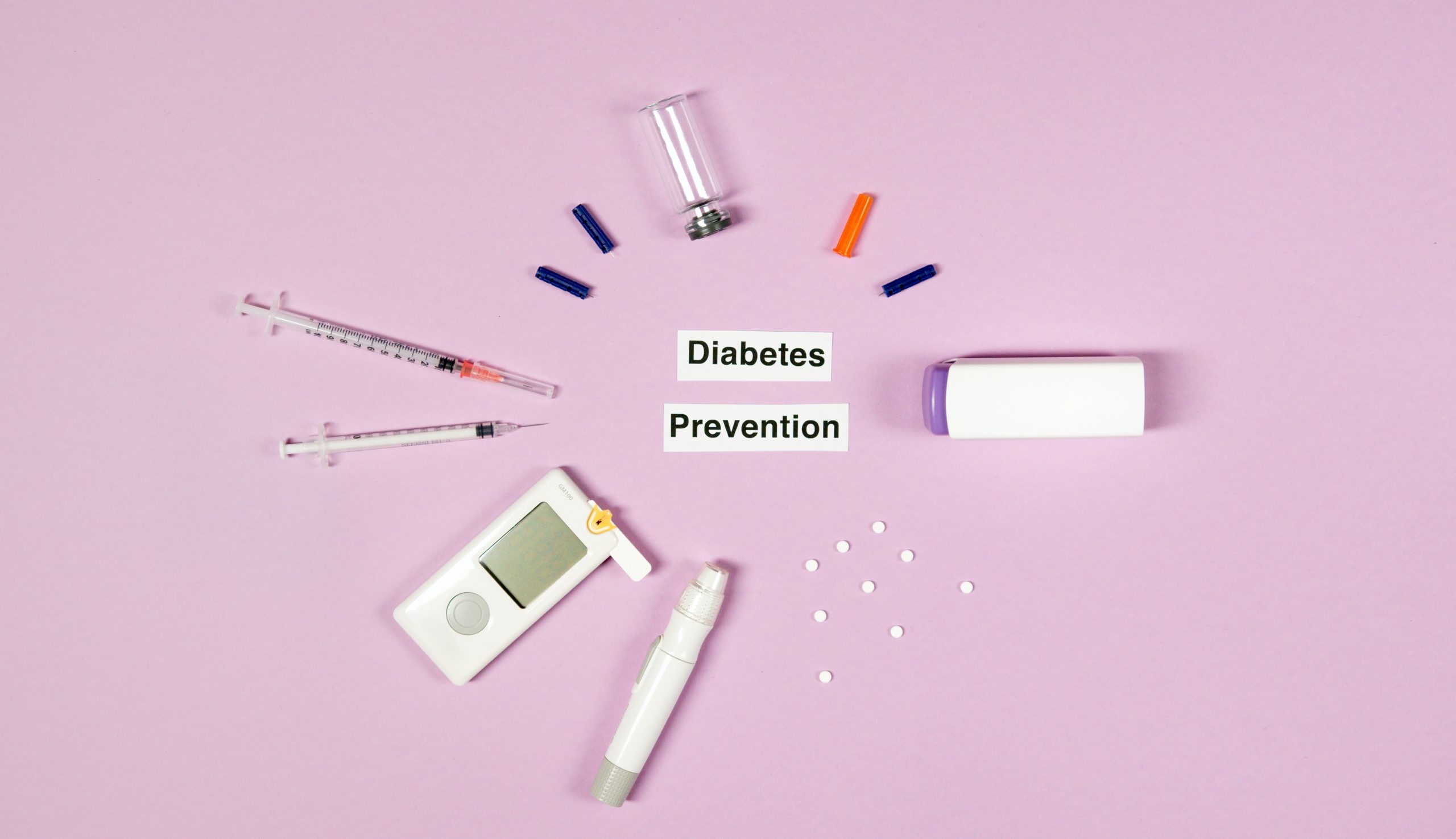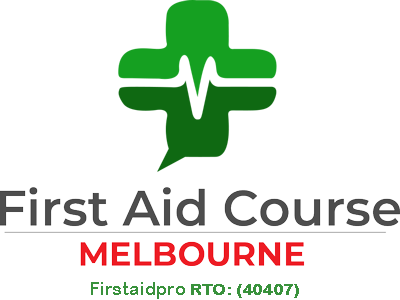Asthma and Anaphylaxis reactions are common causes of illness and can occur at any stage in your life. Several triggers can cause allergies – from pollen to food to environmental factors. Meaning, it is not always easy to know the best treatments when a person is having a reaction.
According to National Allergy Strategy, Australia has among the highest allergy rates in the world. Around 2.7 million Australians (11% of the total population) have asthma, while one in five or 20% of Australians is in some way affected by allergies and anaphylaxis.
While most asthma and anaphylaxis attacks are not serious and can be controlled with standard medication, some reactions can lead to life-threatening complications. For these reasons, it is critical to know First Aid for Asthma and Anaphylaxis to give immediate treatment even at home.
First Aid Tips for Asthma and Anaphylaxis
If an asthma attack or anaphylactic reaction is proving a real threat to you or your family member, everyone in the household must know how to handle one.
In order to be first-aid ready for asthma or anaphylaxis emergency, follow these 3 steps:
Knowing the triggers
The factors that cause you to have an anaphylactic or asthmatic reaction are called ‘allergens’ or ‘triggers.’ When you or someone at home has a history with these reactions, any trigger substances should be removed as soon as possible. But to get rid of these triggers, you need to know them first.
The most common asthma triggers are cigarette smoke, exercise, inhaled allergens, chemicals, foods, flavourings, and environmental factors.
While anaphylactic shock is often caused by food, milk, venom from animal bites and stings, and taking over-the-counter (OTC) medications.
You can reduce the risk of asthma and anaphylactic emergency by avoiding these triggers.
Recognising your symptoms
While some symptoms are mildly annoying, others tend to become extremely uncomfortable and even life-threatening. The causes of these reactions can vary from person to person, so it is important to recognise the symptoms early and know how to treat them.
The most common asthma symptoms include wheezing, shortness of breath, chest tightness, and coughing fits.
For anaphylaxis, symptoms may include tightness of the throat from swelling, difficulty breathing, tongue & facial swelling, slurred speech, and abdominal pain or vomiting.
Recognising the symptoms early can give you the chance to act quickly.
Know how to respond
Although avoiding the triggers is an important treatment approach, it usually does not end the allergic reaction completely.
In severe asthma and anaphylactic cases, it only takes a small amount of allergen to set off an attack. For that reason, make sure you know how to react to an anaphylaxis and asthma emergency in your home.
First Aid for Asthma
Everyone at home needs to know the four steps of asthma first aid.
- Sit the victim in an upright position.
- Proceed with giving four puffs of the blue reliever puffer. Shake the puffer first and put one puff into a spacer at a time. Get the victim to take four breaths of each puff through the spacer. Remember – shake. One puff. Four breaths.
- If no spacer is accessible at home, simply give the victim four puffs of the reliever directly into their mouth. Repeat action until they have taken four puffs.
- If there is no improvement on the victim after these attempts, call triple zero (000) for an ambulance.
First Aid for Anaphylaxis
A severe allergic reaction or anaphylaxis shock is life-threatening and requires immediate action.
- Lay the person on their back. Do not allow them to stand or walk.
- Administer adrenaline with an autoinjector, such as an EpiPen.
- Call Triple Zero (000) to request an ambulance in a medical emergency.
In the event of these emergencies, it is always best to have an asthma action plan and an anaphylaxis action plan in place. Talk to your doctor about creating one.
Conclusion
Knowing your triggers, recognising your symptoms, and learning how to limit your exposure to them is an important part of prevention. However, that is not enough. Allergy and asthma symptoms can change over time, and you may need to adjust your response to treat them accordingly.
Learn what to do by taking a First Aid class. Know how to recognise your symptoms and how to administer an autoinjector (EpiPen) when a reaction occurs.
We also recommend working with your doctor to create an Asthma and Allergy plan to find the best treatment for your symptoms.
